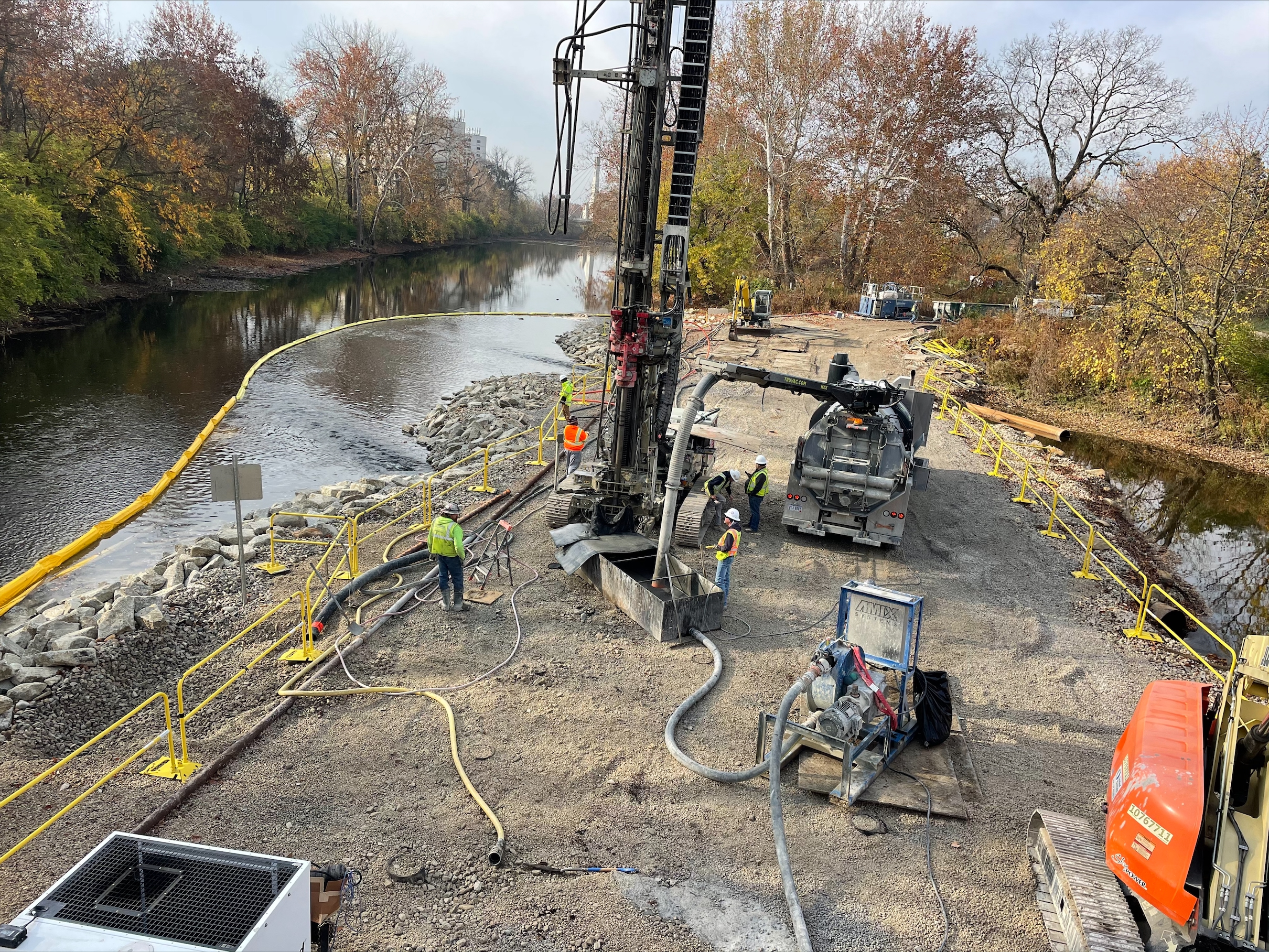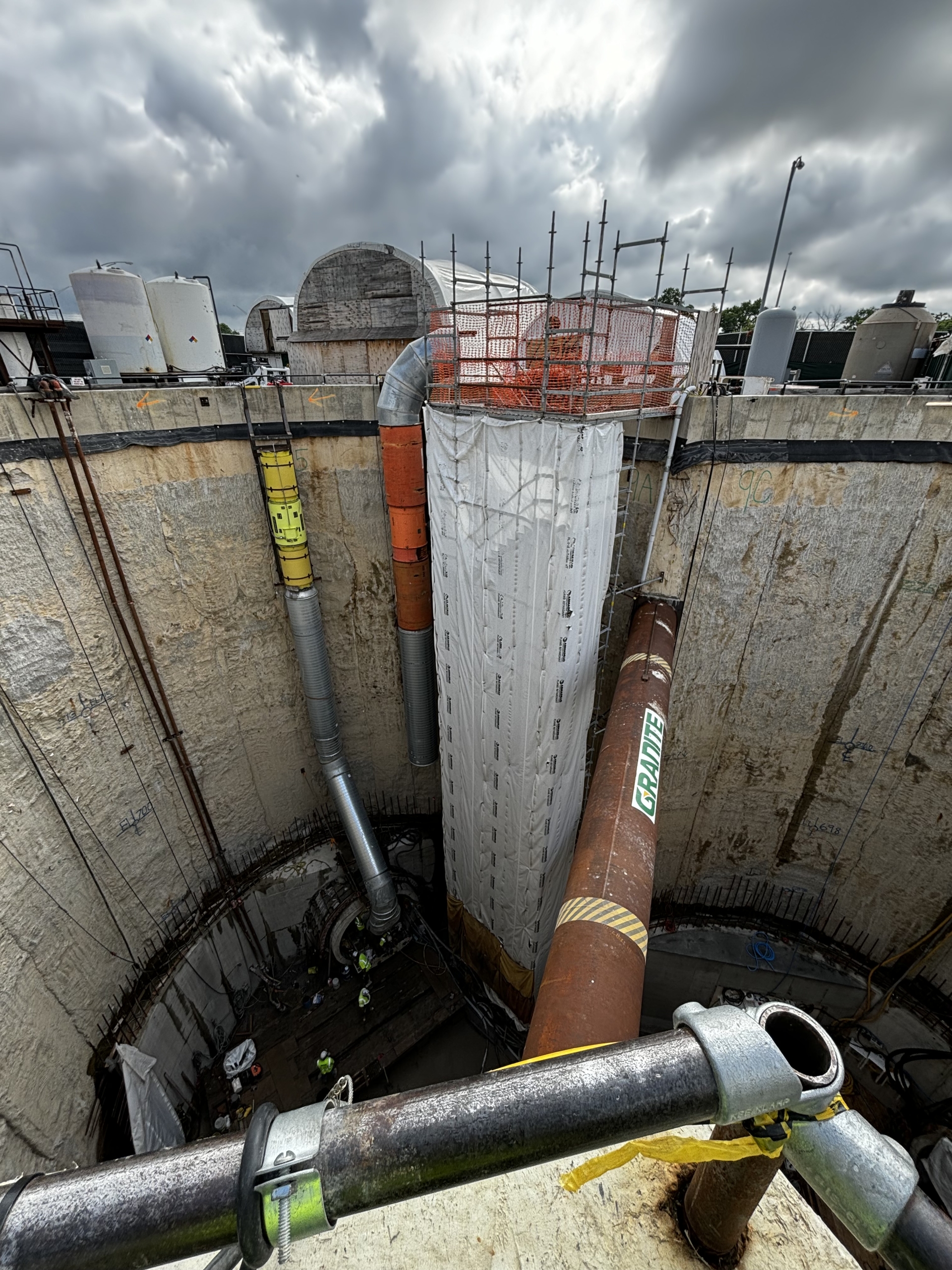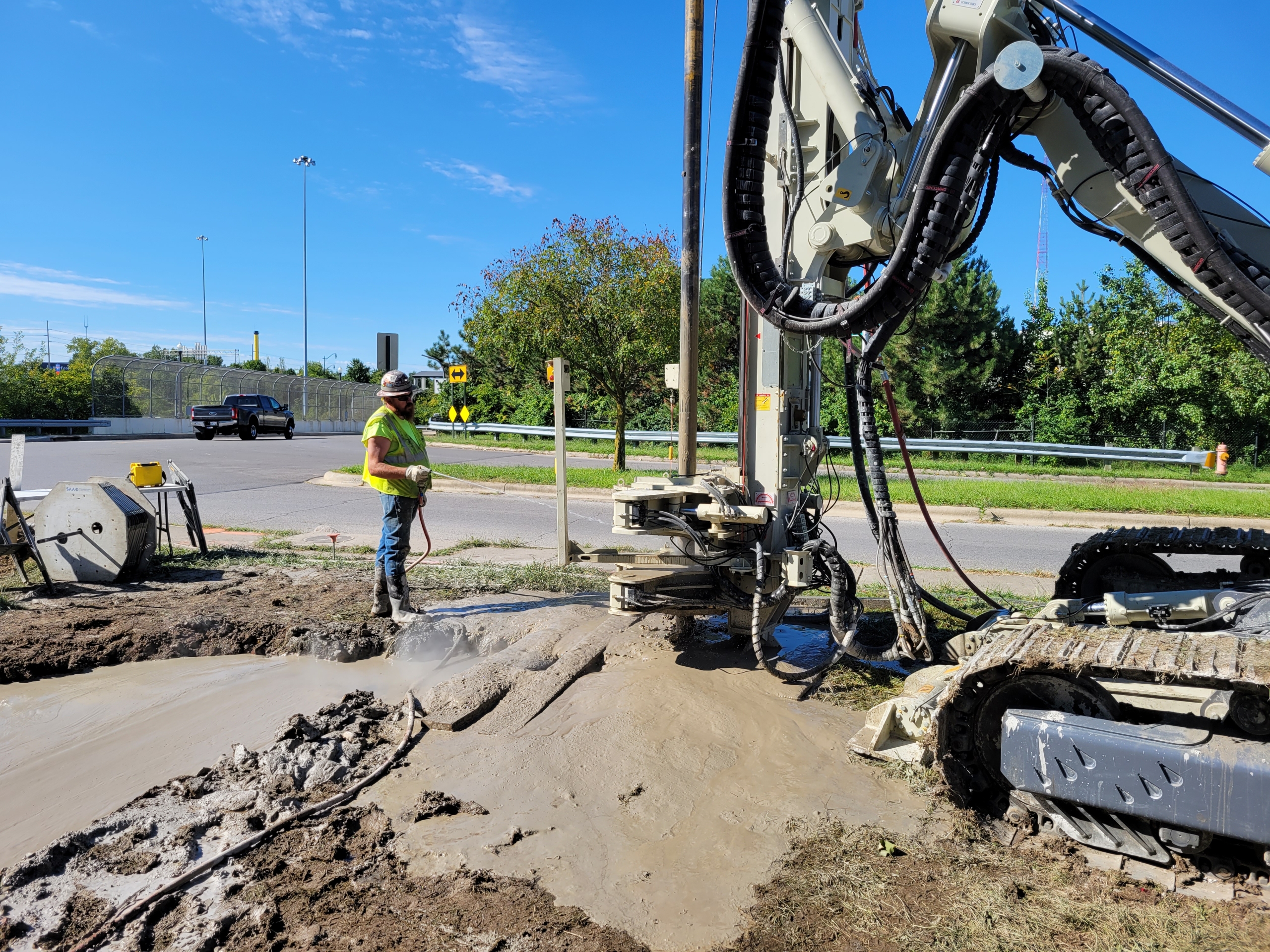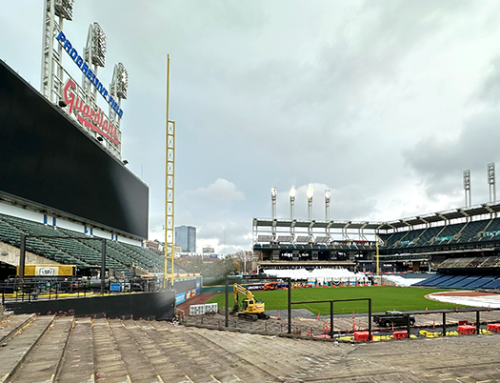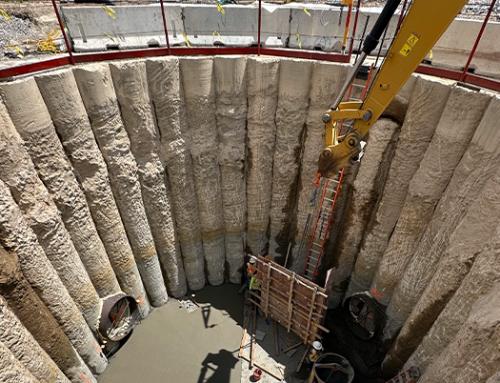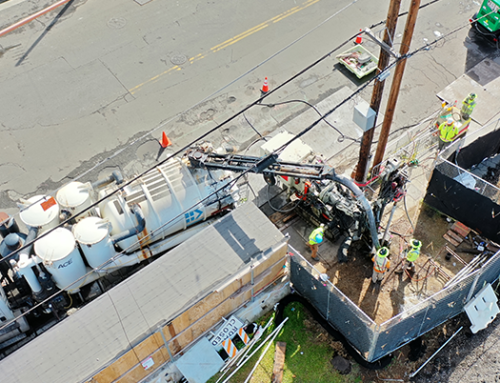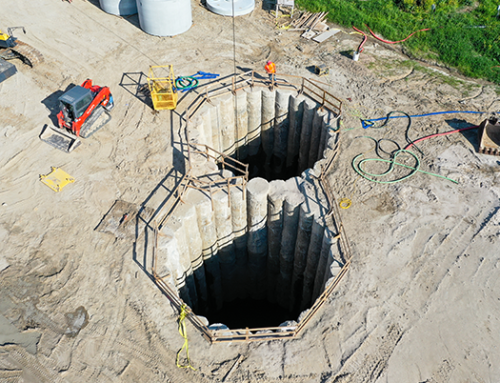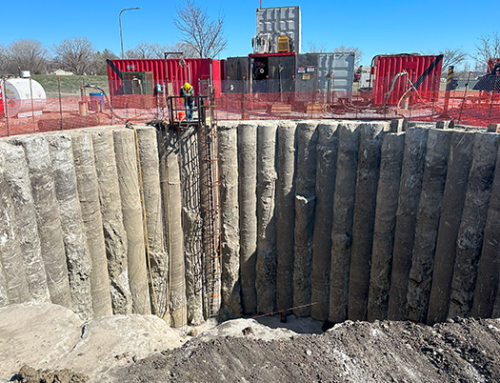Lower Olentangy Tunnel | Ohio
City: Columbus
State: Ohio
General Contractor: Granite Construction
Lower Olentangy Tunnel Project
In response to two Ohio EPA consent orders, the city of Columbus, Ohio has planned the Lower Olentangy Tunnel (LOT) project that will improve the city’s water quality and reduce residents’ exposure to waterborne pollutants caused by sewer overflows during flooding. LOT will connect to the OSIS Augmentation Relief Sewer (OARS) providing hydraulic relief to three existing sewers. The main tunnel of the LOT will have a 144-inch diameter and will be excavated using a tunnel boring machine (TBM). Additionally, a 90-inch diameter micro tunnel will also be constructed.
Jet Grouting Services Provided by Schnabel
Granite Construction Company, the general contractor at the project contracted with Schnabel to perform jet grouting along the 3.2-mile tunnel alignment. Jet grouting was planned at 4 tunnel shaft locations for TBM break in and break out purposes, 12 Safe Haven locations where the TBM will mine into jet grout blocks that will facilitate cutterhead replacement on the TBM, and 5 locations where a sensitive water main crossed in the plan with the TBM alignment. Prior to the start of work, a comprehensive pre-production column installation and testing program was conducted to ensure the diameter, strength, and hydraulic conductivity of the jet grout columns were up to standard. The testing program not only confirmed compliance with design specifications but also identified potential issues early on, improving the project’s overall efficiency and success. Schnabel installed about 42,000 cubic yards of jet grouting for the project.
Challenges Faced on the Project
The tunnel alignment was planned beneath all city and state-owned property which required the jet grouting work to be set up and installed along sidewalks, roadways, highway medians, and along a manmade river causeway. The work required a total of 23 moves between different jet grouting locations with many having minimal workspace due to their proximity to the roadways. Expected and unexpected utilities in and along the roadways required many column relocations from the original design. Additionally, the glacial soil at the project site posed significant drilling challenges due to the presence of gravel, cobbles and boulders.
Conclusion
Despite the challenges noted above, the work was completed ahead of schedule. The soil cement columns will provide entry into and exit out of tunnel shafts, support for the TBM cutterhead changes, and improved ground beneath the highly sensitive water main. The Lower Olentangy Tunnel will connect into the existing tunnel network that will eliminate sewer overflow during flood events for the City of Columbus.
